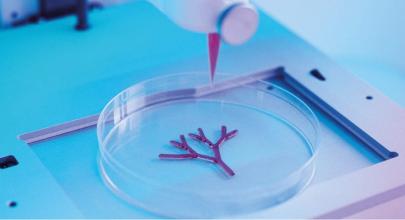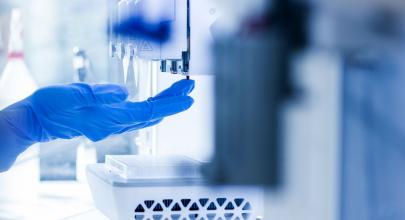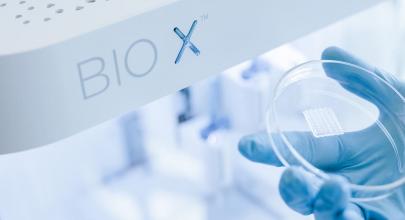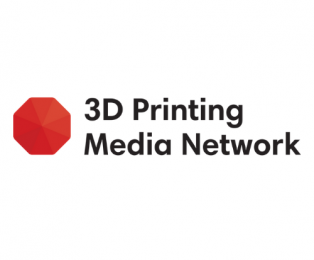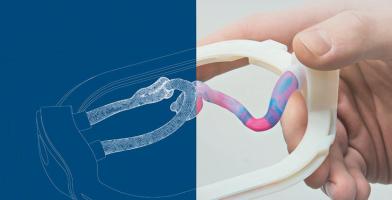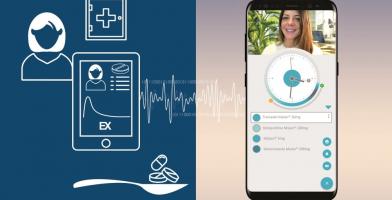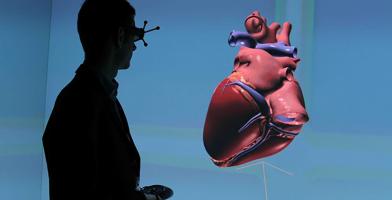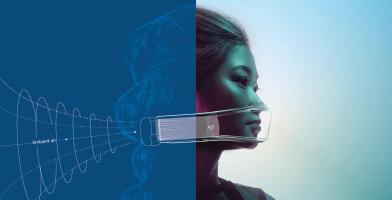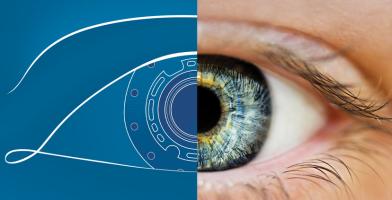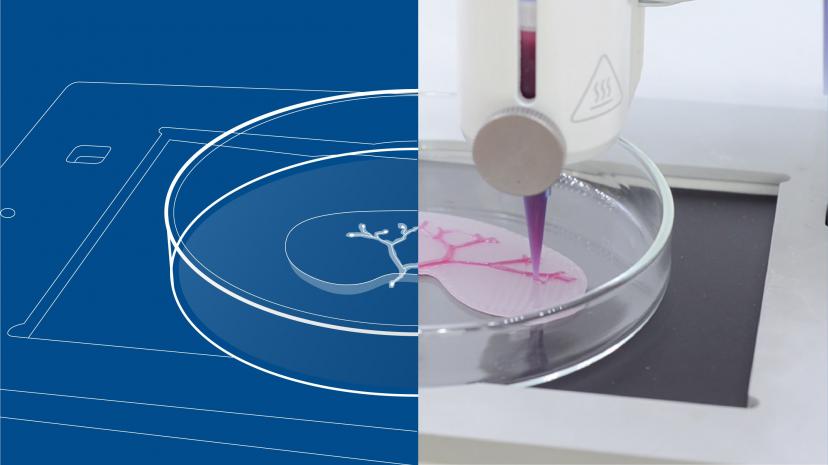

IF WE deliver fully functioning organs on demand can we disrupt the way clinical testing and transplants are delivered?
The world has a shortage of organs suitable for human transplantation. In the US alone, as of March 2020 there were over 112,000 men, women, and children on the national transplant waiting list.
What if scientists could 3D-print new organs with a patients' own cells, eliminating the need for donated organs and the risk of rejection when organs are transplanted? That's exactly the path Cellink is pursuing: producing bioink and bioprinting technologies to enable researchers to 3D-print organs and tissue for applications that span industries, from pharmaceutical to cosmetic.
Bioprinted organs aim to raise transplant success
In 2016, CELLINK commercialized the world’s first bioink, a biomaterial innovation eight years in the making. That milestone was the first of many along the company’s journey to become the world’s leading bioprinting company; they currently have systems to optimize cell-based applications for more than 1,000 scientists across more than 55 countries.
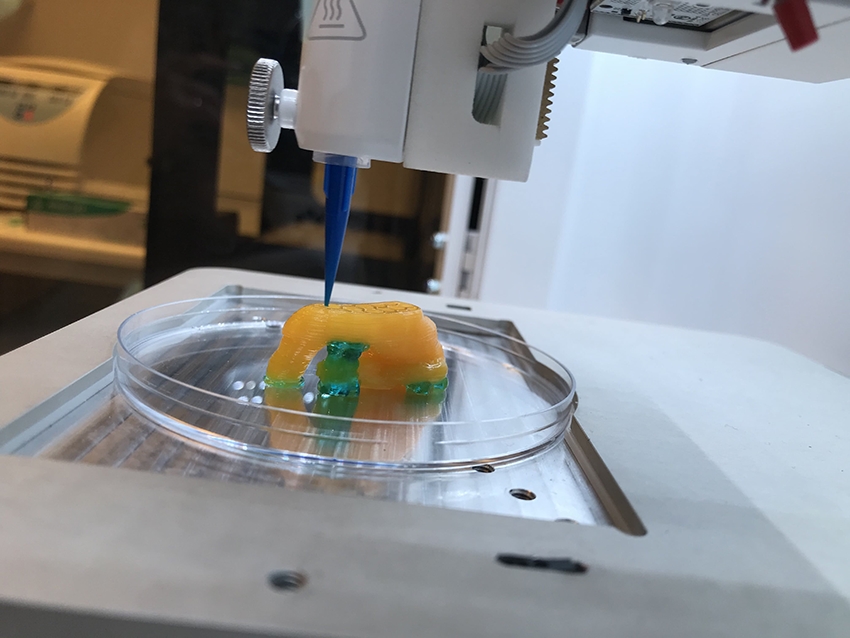
CELLINK was the first company to provide a standardized bio-ink product for sale over the internet. Researchers leverage its technologies to print liver, cartilage, skin tissues and more.
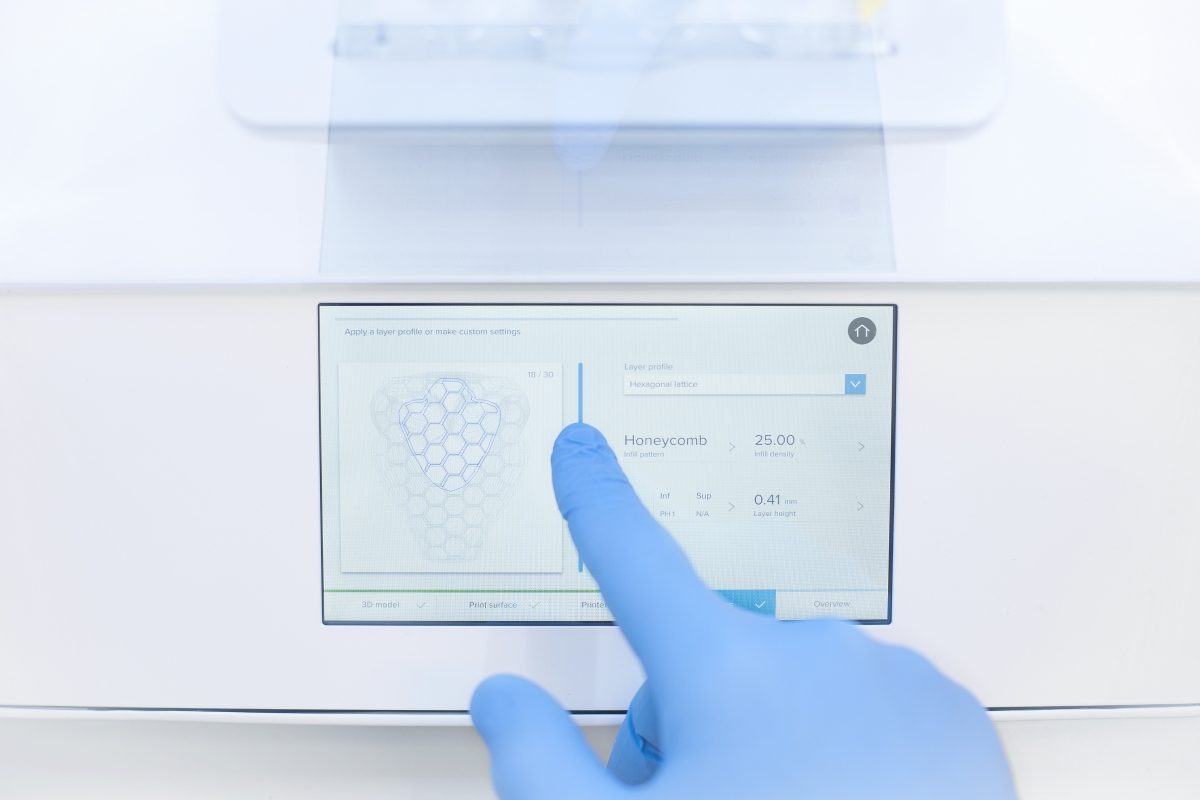
POSITIVE IMPACT ON THE SOCIETY
GOAL 3: Good Health and well-being
Cellink ensures healthy lives and promotes well-being for all at every age.

But what if scientists could 3D-Print new organs with a patients' own celles, eliminating te need for donated organs and the risk of rejection? That's exactly the path Cellink is pursuing, producing bioink and bioprinting technologies to advance the field.
BENEFITS TO USE THE 3DEXPERIENCE® PLATFORM
The 3DEXPEIENCE platform enables Cellink to better predict and understand how living material will behave once it is bioprinted. The team can identify problems and virtually develop fixes before bioprinting an actual structure. By optimizing this process, Cellink can help academia and pharmaceutical companies efficiently bioprint organs and to test drugs in a unique, organ-like environment to accelerate research.
Meet the team
-
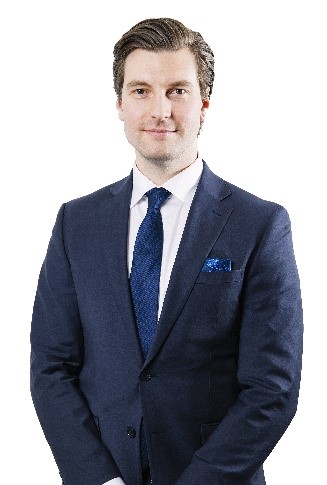 Erik GatenholmCEO
Erik GatenholmCEO -
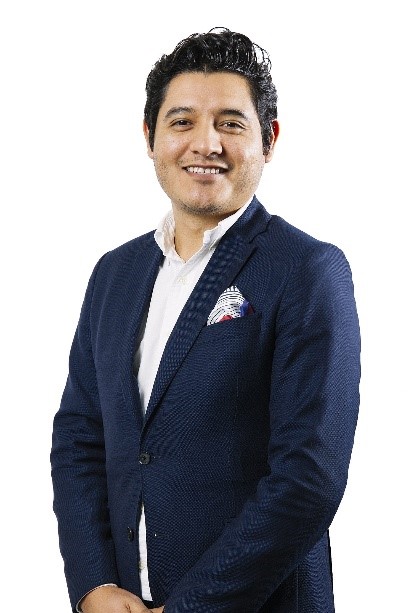 Hector MartinezCTO
Hector MartinezCTO -
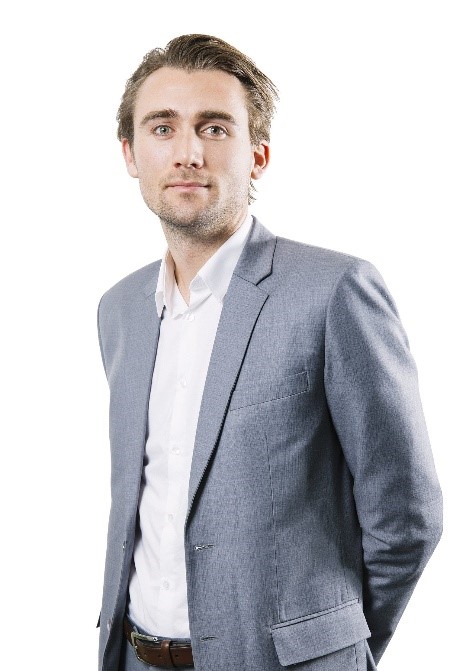 Gusten DanielssonCFO
Gusten DanielssonCFO
Press
They´re talking about Cellink
Similar projects
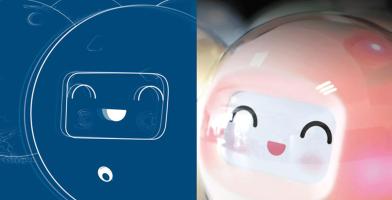
LEKA
IF WE give robotic companions to children, can we spark interaction & motivation to learn, play & progress?
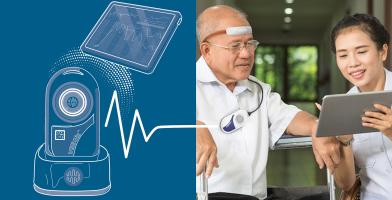
NEUROSERVO
IF WE detect neurological pathologies early using a brain-wave capturing device, can we save patient lives and reduce hospital costs?
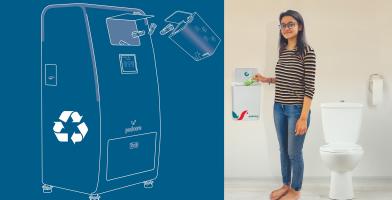
PADCARE LABS
IF WE embrace circular economy to dispose of sanitary napkins, can we empower women while reducing impact on the planet?
Submit your project
Do you think your project is the next big thing?
Join the team !
